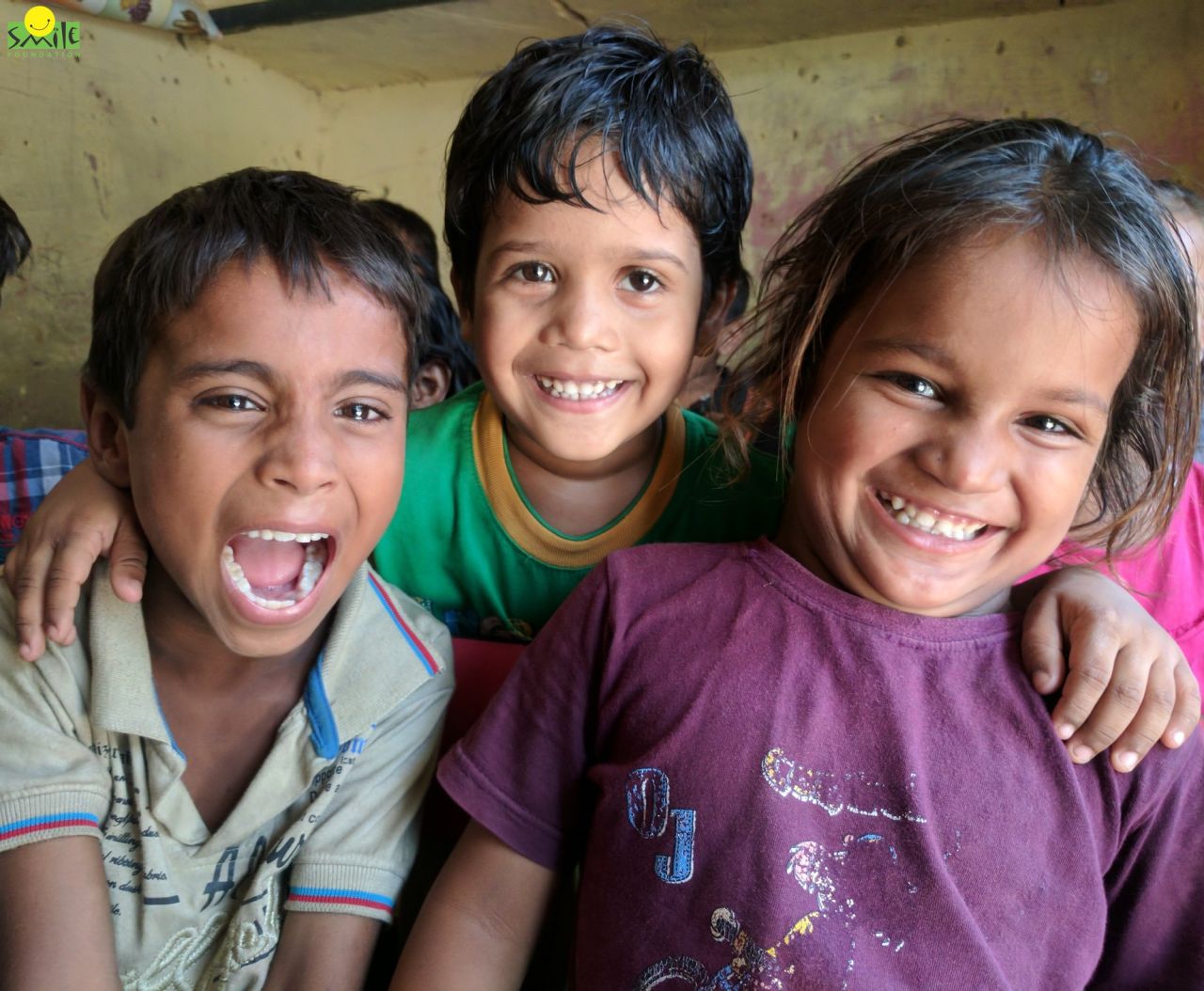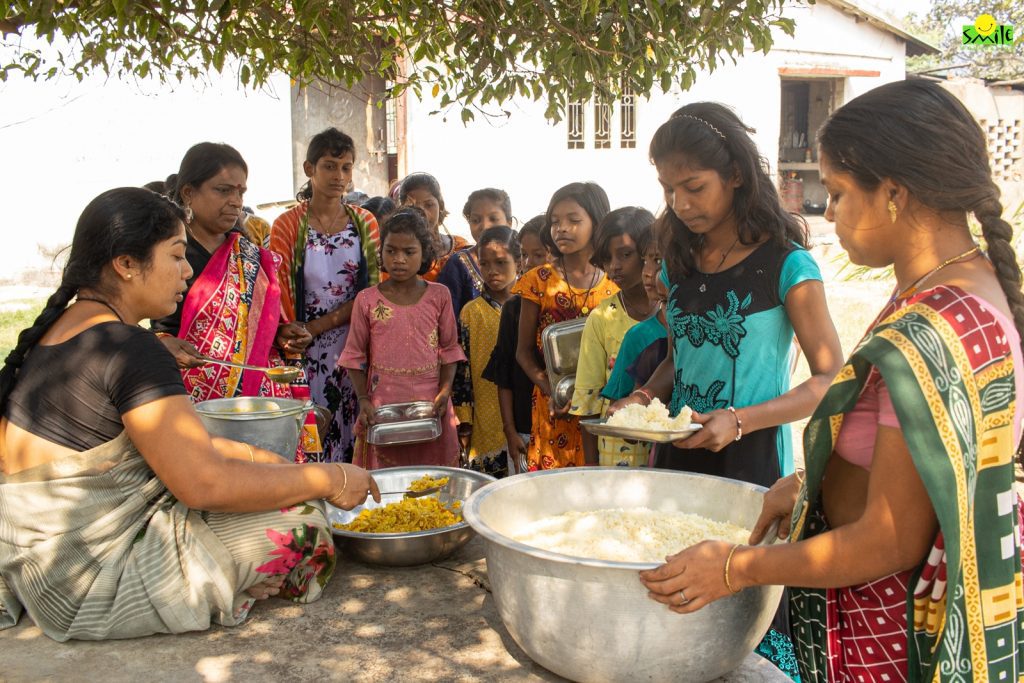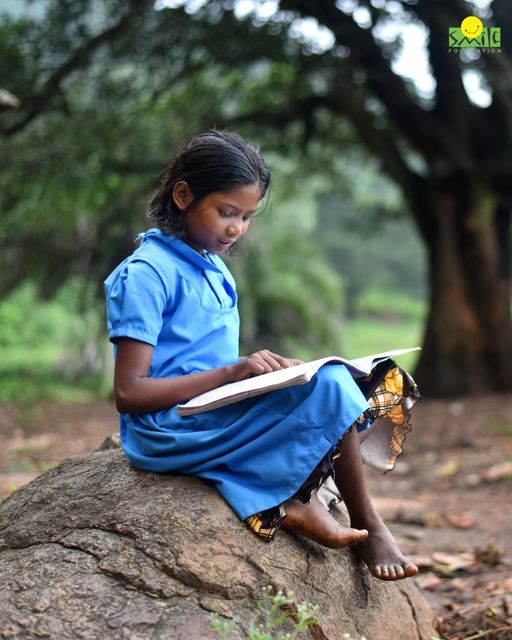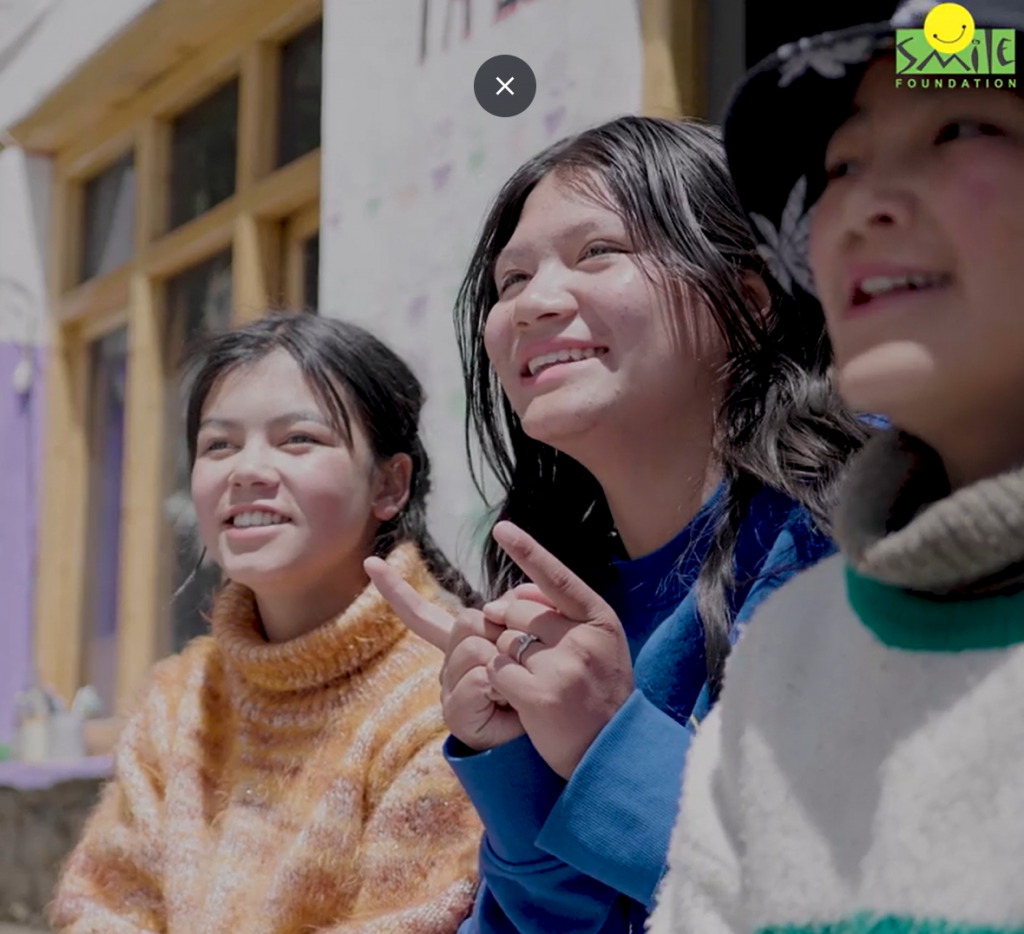“Childhood means simplicity. Look at the world with the child’s eye—it is very beautiful.”
These poignant words by Nobel Peace Laureate Kailash Satyarthi capture what millions of children are still denied: a life free from labour, filled with learning, laughter, and love. As we mark the 2025 World Day Against Child Labour on June 12, we are reminded that beauty and simplicity are luxuries many children around the world cannot afford.
Despite global pledges, campaigns, and policy shifts, child labour remains a deep-rooted injustice. The 2025 theme, “Progress is clear, but there’s more to do: let’s speed up efforts”, calls for urgent, collective action. It is a wake-up call to governments, industries, and communities to stop treating child labour as an unfortunate by-product of poverty and start addressing it as a moral failure we can no longer tolerate.
The global picture: Progress, but not fast enough
In 2025, an estimated 138 million children worldwide remain trapped in child labour—many of them in hazardous conditions. That’s nearly 1 in 10 children globally, toiling in fields, mines, factories, homes, or on the streets. While this figure has declined from 160 million in 2020, progress is uneven and slow. At this rate, the world will miss the Sustainable Development Goal 8.7 target of eliminating child labour by 2025.
Most of these children (around 70%) work in agriculture, often in unpaid family settings. Others are engaged in services (20%) and industry (10%). More than a third do not attend school, and those who do often juggle gruelling work schedules. Girls, especially in poorer regions, disproportionately face the double burden of unpaid domestic work and caregiving roles.
In sub-Saharan Africa, the crisis is intensifying due to economic shocks, conflict, and climate disasters. But even in countries with declining numbers, like those in South Asia, the reality on the ground shows a different story: hidden labour, informal economies, and urban migration continue to pull children out of classrooms and into work.
India in focus: A complex journey
India has made significant strides in reducing child labour, but millions still remain vulnerable. The 2011 Census reported 10.1 million working children aged 5–14. While there are indications this number has fallen since then, the post-pandemic years saw a resurgence, particularly in informal and unregulated sectors.
From migrant children in construction sites to girls in domestic servitude or boys in roadside garages, the face of child labour in India is shifting but not disappearing.
Legally, India has tightened its stance:
- The Child and Adolescent Labour (Prohibition and Regulation) Act, amended in 2016, bans all forms of labour for children under 14.
- India ratified ILO Conventions 138 and 182 in 2017.
- A rescue-and-rehabilitation mandate exists under the Juvenile Justice Act, and platforms like PENCIL have been developed to monitor enforcement.
Yet, challenges persist:
- Loopholes allow family-based work under vague conditions.
- Hazardous occupation lists do not cover many informal jobs.
- The closure of special rehabilitation centres in 2021 weakened support systems.
- Enforcement varies widely across states—while some regions like Telangana and Bihar lead in rescues and prosecutions, others lag behind.
2025: A year of renewed action in India
At the start of 2025, the National Commission for Protection of Child Rights (NCPCR) launched a countrywide “Rescue and Rehabilitation Campaign 2.0,” directing every district administration to crack down on child labour across industries Over a nearly three-month drive, task forces led by District Magistrates inspected hotels, restaurants, factories, workshops, farms, mines, brick kilns, construction sites and more – any place children are known to be working. The NCPCR explicitly instructed officials to not only rescue underage workers, but also ensure their rehabilitation as per the Juvenile Justice Act and the child labour law, and to involve education departments so that rescued children are immediately enrolled in school. This coordinated blitz reflects a new resolve to actively seek out child labour cases rather than waiting for complaints. It also recognizes that rescue is only half the battle – children need support to rebuild their lives afterwards.
These figures reflect growing intent. But intent must meet investment. Experts emphasise the urgent need to revive transitional education support, enhance family livelihood programmes, and protect civil society actors who play a key role in prevention and reintegration.
From exploitation to empowerment
Stories like that of Vicky Roy, once a ragpicker at New Delhi Railway Station, now a renowned photographer, remind us what is possible with timely intervention. Or Nisha Kumari, a child mica miner in Jharkhand, who—through grassroots activism and peer support—returned to school and now dreams of becoming a teacher.
Behind each statistic lies a life, a child with dreams interrupted and dignity denied. But also, a child with potential. One that flourishes when society steps in.
What needs to happen next
Eliminating child labour in India and globally requires multi-layered, sustained efforts:
- Education First: Ensure rescued children are not just removed from work but placed into quality education with bridge programs and financial support.
- Stronger Enforcement: Consistent prosecution, updated hazardous occupation lists, and improved inspections.
- Social Protection: Cash transfers, food security, and employment schemes for parents can eliminate the economic need for child labour.
- Community Engagement: Awareness campaigns, children’s collectives, and village-level monitoring (e.g. Bal Mitra Grams).
- Business Accountability: Supply chains must be free of child labour, especially in sectors like textiles, mining, and agriculture.
2025 was supposed to be the year we ended child labour. That goal may have slipped through our fingers, but its spirit must not. This World Day Against Child Labour is not about lamenting what we couldn’t do—it’s about doubling down on what we still can.
Let us choose to no longer walk past children cleaning tables or carrying bricks. Let us choose to report, to support, to demand better. Because every child deserves more than survival—they deserve a childhood.










